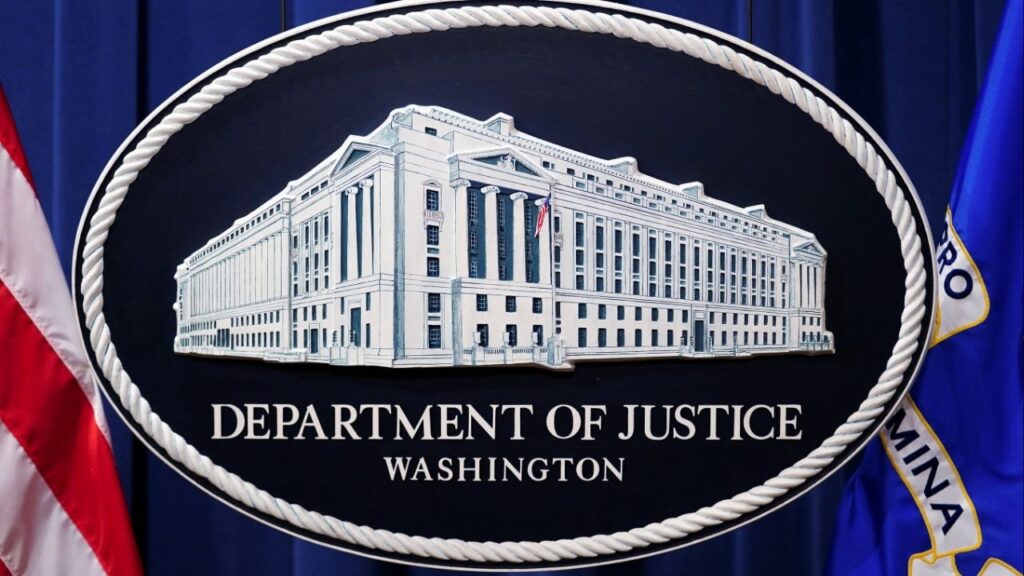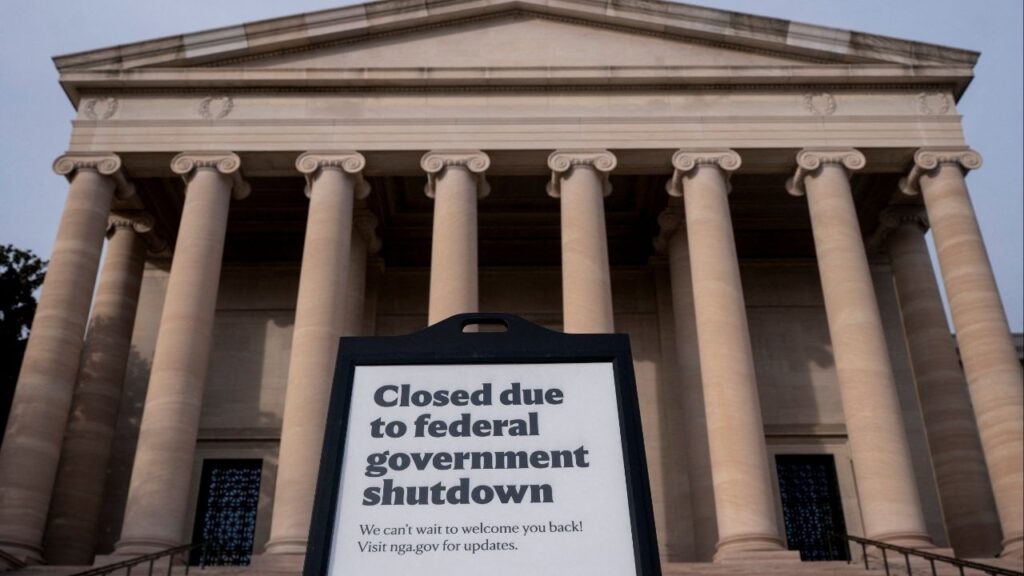Federal advisory panel urges CDC to take larger role in cannabis policy, shifting from "Just Say No" to health-focused approach. (AP File)

- Report recommends CDC develop health campaigns, monitor cannabis impacts, and create best practices for state regulation.
- Cannabis potency has increased dramatically, with THC levels rising from 5% to over 20% in the past 25 years.
- Recommendations include closing hemp product loopholes, expunging low-level offenses, and adopting quality standards for cannabis.
Share
|
Getting your Trinity Audio player ready...
|
With more Americans using ever-stronger marijuana, a federal advisory panel is calling for a public health approach that’s a big departure from “Just Say No.”
Thursday’s report proposes a health-focused strategy with the Centers for Disease Control and Prevention taking a larger role in cannabis policy than ever before.
“We’d like the federal government to step up to provide some leadership in this area,” said Dr. Steven Teutsch of the University of Southern California, who chaired the committee behind the National Academies of Sciences, Engineering and Medicine report. The CDC and the National Institutes of Health sponsored the report. A CDC spokesperson said Thursday that the agency would study the recommendations and that more money would be needed to implement them.
Related Story: Maryland Gov. Wes Moore to Issue Over 175,000 Marijuana Pardons
Rising Cannabis Use and Potency
An estimated 18 million Americans report using marijuana daily or near-daily, more than the number who drink alcohol that often.
Today, 38 states and the District of Columbia allow the medical use of marijuana and many of those states also allow adult recreational use, with taxes and regulation of sales similar to alcohol. Florida voters will decide on recreational use in November.
Marijuana remains illegal under federal law, although the government is taking steps to reclassify cannabis as a less dangerous drug while still illegal.
Cannabis is getting stronger, with levels of the intoxicating compound THC rising. Twenty-five years ago, cannabis flower contained about 5% THC.
“Now you go into the stores, it’s hard to find products that are less than 20% THC,” said Beau Kilmer, co-director of the RAND Drug Policy Research Center and a report committee member.
Related Story: Daily Marijuana Use Outpaces Daily Drinking in the US, a New Study Says
Health Benefits and Risks
Cannabis can ease chronic pain, but evidence on other health benefits has been limited by lack of research. The risks for heavy users include car accidents and repeated bouts of vomiting that can send people to the emergency room.
For teens, cannabis can get in the way of learning and increase the risk of mood and anxiety disorders. Regular use during pregnancy can raise risks for the baby.
Public health “took a back seat” as states passed cannabis laws, Teutsch said. “Financial interests played a substantial role in influencing those policies.”
According to the report, industry lobbying has prevented attempts in Washington state to limit THC concentration and attempts in Colorado to restrict pesticides in cannabis cultivation.
Aaron Smith of the National Cannabis Industry Association said states have protected public health by replacing criminal markets with regulated businesses “that are required to test products for contaminants, practice truth in labeling, and most importantly, keep cannabis products out of the hands of minors.” Making cannabis legal nationally would improve public health through federal regulation, Smith said.
Related Story: USC Sports Teams Light up With a Cookies Cannabis Deal
Recommendations for Government Agencies
Among the report’s recommendations for the CDC:
— Develop and evaluate health campaigns about cannabis, specifically for parents, young people, pregnant women and people 65 and older.
— Monitor cannabis cultivation, sales, use and health impacts.
— Create best practices for state regulation, including ways to limit youth access.
For Congress:
— Close a loophole that allows intoxicating products derived from hemp to be widely sold, even in states where other cannabis products are illegal.
— Remove restrictions on the Office of National Drug Control Policy that prevent it from studying the effects of cannabis legalization.
For states:
— Require training and certification for cannabis retail staff.
— Automatically expunge or seal records for low-level cannabis-related offenses in states that have decriminalized cannabis.
— Adopt and enforce quality standards set by the U.S. Pharmacopeia, an independent group that sets standards in medicines and dietary supplements.
RELATED TOPICS:
Categories

Venmo Down for Thousands of Users, Downdetector Reports


















